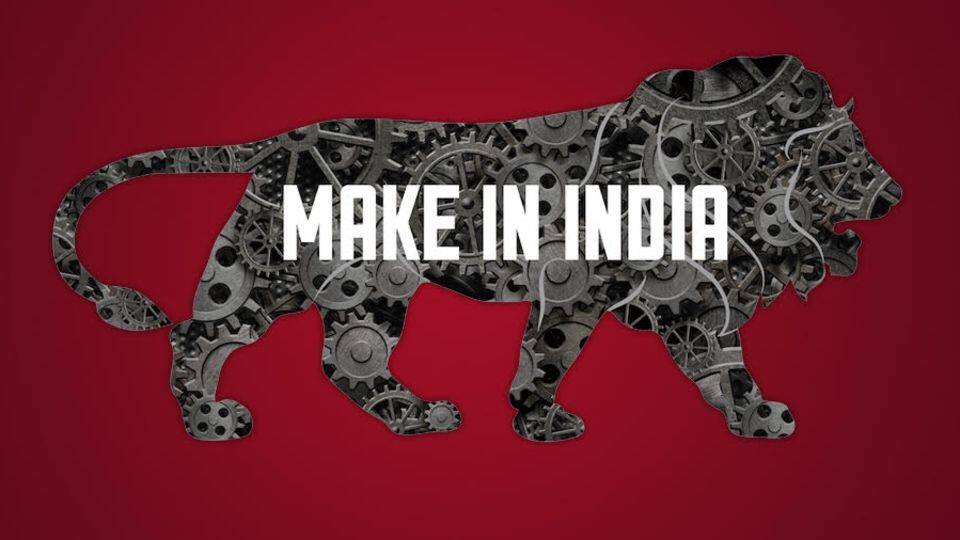
Make in India: How has the defense sector fared?
What's the story
"Make in India," the Modi government's flagship initiative to boost domestic manufacturing was touted to usher in a new era for domestic defense production.
However, new reports point to a poor state of affairs - final contracts haven't been inked in at least half a dozen projects.
Moreover, India continues to rely on foreign manufacturers to meet a bulk of its defense needs.
About
What is Make in India?
Make in India, was launched on September 25, 2014 with the aim of encouraging national and multinational firms to manufacture their products in India.
The program also aims to boost flow of foreign direct investment and increase job opportunities.
In a bid to boost manufacturing and technology transfer in the defense sector, the government raised the cap on FDI from 26% to 49%.
Projects
Make in India in defense: What has happened so far?
At least 6 projects have been initiated under the program.
With Russia, India has signed deals to co-produce Sukhoi T-50 fighter-aircraft and 200 Kamov-226T light utility helicopters.
India has also signed a $2 billion-deal with Israel to supply medium-range-surface-to-air (MRSAM) systems.
Gripen-E (Sweden) and F-16 (US) are said to be aggressively bidding for a contract to manufacture India's indigenously built Light Combat Aircraft, Tejas.
Obstacles
Projects plagued by many obstacles
A Times of India report indicates that three years since initiation, final contracts haven't been signed in any of the major projects under 'Make in India'.
The report blames this on various factors, including bureaucratic bottlenecks and lack of political push and follow-up.
For example, the Sukhoi T-50 project with Russia got stranded after the Indian Air Force expressed doubts on its stealth capabilities.
Conclusion
What next?
'Make in India' is yet to transform into a concrete reality in the defense sector and fulfil India's security needs.
"These are big complex projects for a country which cannot even manufacture specialized ammunition. They will take some time," states a senior defense ministry official.
Moreover, this is likely to take effect once regulations for easing private-sector participation and prioritize domestic innovation take effect.